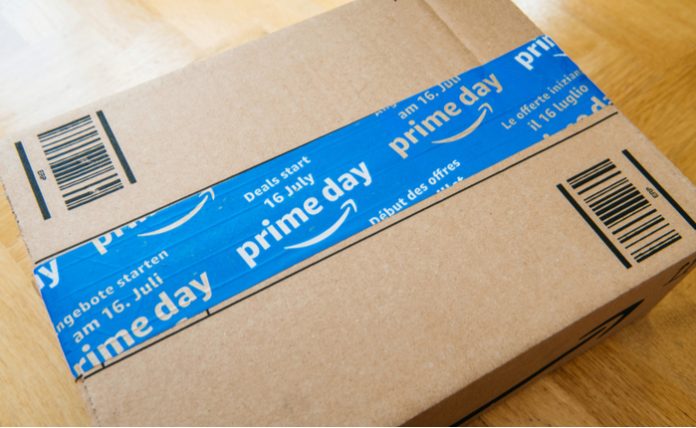Amazon.com Inc (NASDAQ: AMZN) recently announced it will expand its Prime Day to 2 days this year, compared with 36 hours last year.
The annual sales event is scheduled to begin on Monday, July 15 and run through Tuesday, July 16, with the e-commerce giant promising to offer more than 1 million deals globally.
However, a section of the company’s workers in Minnesota are now planning to strike during the annual sales event over working conditions. Bloomberg reported that the workers want to protest what they claim is a refusal to convert more temporary workers into employees and dangerous productivity quotas.
Workers at the Amazon fulfillment center in Shakopee, MN plan to walk off the job for six hours on the July 15. Amazon has since issued a statement dismissing the allegations by the workers as baseless, according to a report by Fortune.
“The fact is Amazon offers already what this outside organization is asking for. We provide great employment opportunities with excellent pay – ranging from $16.25-$20.80 an hour, and comprehensive benefits including health care, up to 20 weeks parental leave, paid education, promotional opportunities, and more,” the company said.
“We encourage anyone to compare our pay, benefits, and workplace to other retailers and major employers in the Shakopee community and across the country,” the statement read.
The workers are planning the strike several months after Amazon committed to paying all employees at least $15 per hour following attacks from politicians like Bernie Sanders. Amazon started Prime Day in 2015, offering deep discounts on toys, clothes and televisions to retain and lure Prime subscribers.
Amazon Inc Profile
Amazon is among the world’s highest-grossing online retailers, with $233 billion in net sales and $408 billion in estimated global gross merchandise volume (GMV) in 2018.
Online product and digital media content sales accounted for 53% of net revenue in 2018, followed by commissions, related fulfillment and shipping fees, and other third-party seller services (18%), Amazon Web Services’ cloud compute, storage, database, and other offerings (11%), Prime membership fees and other subscription-based services (6%), product sales at Whole Foods and other physical store retail formats (7%), and advertising services and cobranded credit cards (4%).
International segments constituted 32% of Amazon’s non-AWS sales in 2018, led by Germany, the United Kingdom, and Japan.










